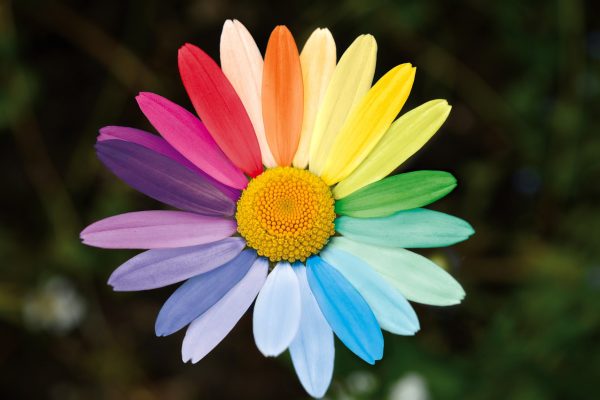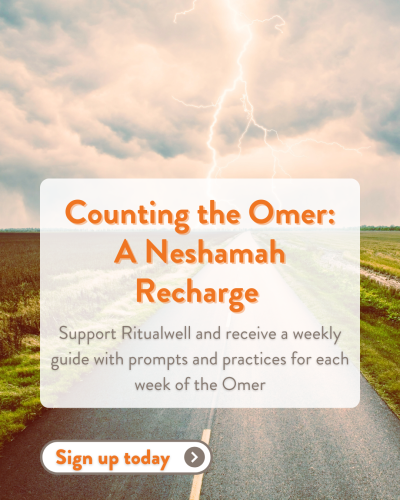Every week, I prepare
for Sunday mornings
when I teach.
for Sunday mornings
when I teach.
Twenty or thirty 6th graders
each year, fill my class
to learn about the Holocaust.
each year, fill my class
to learn about the Holocaust.
Let’s start with
the history of
antisemitism.
the history of
antisemitism.
Then we’ll move
to propaganda, Nazis
and the anti-Jewish laws.
to propaganda, Nazis
and the anti-Jewish laws.
We’ll get to Kristallnacht
and cry at the broken glass,
lost life and freedoms.
and cry at the broken glass,
lost life and freedoms.
We’ll learn about hate.
We’ll learn about resistance.
We’ll learn about marches and death.
We’ll learn about resistance.
We’ll learn about marches and death.
Every year, they’ll ask why.
Why am I making them
learn these atrocities?
Why am I making them
learn these atrocities?
This year, I hope and I beg:
Please don’t ask me that question.
What will my answer be?
Please don’t ask me that question.
What will my answer be?
I’m teaching to prepare you.
But for what exactly?
To hide, to fight, to run away or die?
But for what exactly?
To hide, to fight, to run away or die?
It needs to be taught.
But never did I think
I’d be teaching it as survival.
But never did I think
I’d be teaching it as survival.













